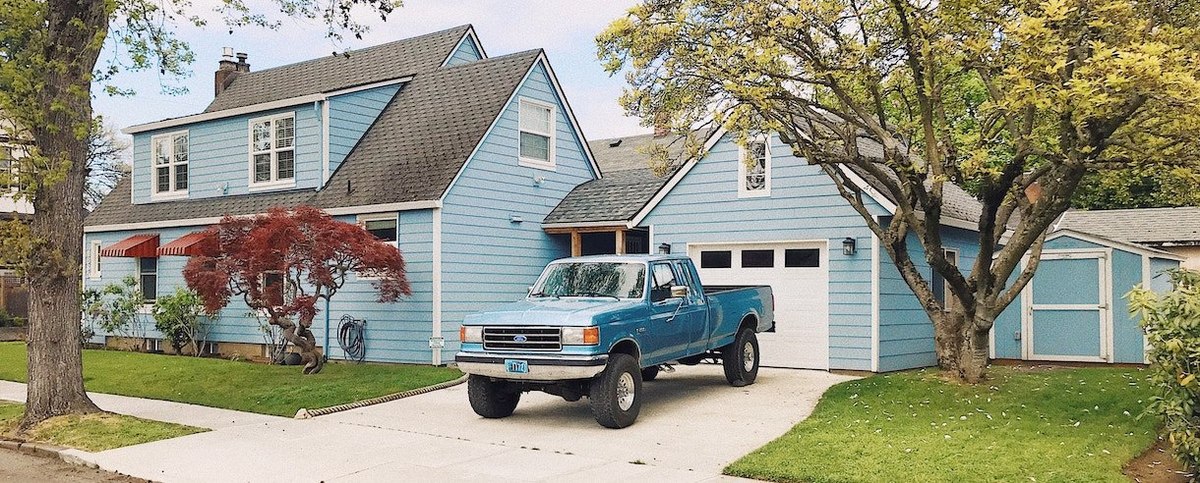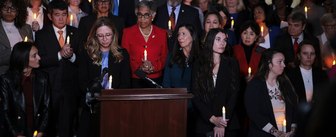One definition of the American Dream is a national principle that everyone has the opportunities to reach their goals and build a comfortable life for themselves. Of course, not all Americans share this common definition, and many don’t believe the American Dream exists at all. A recent YouGov survey finds that more Americans believe in the American Dream now than in July 2022, but not everyone believes that it’s personally attainable for them.
Americans are more likely to believe in the American Dream now than they were last year. A June 2023 poll found that 61% of Americans say there is such a thing as the American Dream, up 18 percentage points from 43% in July 2022.
Among members of the two major political parties and Independents, majorities now think there is such a thing as the American Dream. Republicans (76%) are the most likely to believe in it while more than half of Democrats (56%) and Independents (55%) say the same. In July 2022, just over one-third of Democrats (35%) and Independents (36%) believed there was such a thing as the American Dream.
In 2023, Hispanic Americans (68%) are more likely than white Americans (62%) or Black Americans (44%) to say the American Dream exists. Close to one-third (31%) of Black Americans say the American Dream does not exist.
More Americans also find the American Dream personally attainable in 2023 than they did in 2022. Today, 44% think the American Dream is very or somewhat attainable for them; in 2022, 29% did.
Across subgroups of Americans categorized by age or political affiliation, people are more likely to see the American Dream as attainable now than they did in July 2022. People who are 65 or older (56%) and Republicans (57%) are especially likely to see the dream as within reach for them personally.
Relatively few Americans (10%) see the American Dream as very or somewhat unattainable.
Americans are a little less likely to see the American Dream as attainable for most people living in the U.S., with 38% considering it to be attainable. Republicans (56%) are more likely than Democrats (32%) and Americans overall (38%) to see the American Dream as attainable for most people living in the U.S.
This also marks an increase from July 2022, when just one-quarter (25%) of Americans said the American Dream was attainable for most people living in the U.S.
YouGov’s survey also asked Americans how they would define the American Dream, in their own words. Here are a few of the responses:
- Being able to have a good stable safe life by working hard. It doesn't matter who you are, who your parents are, everyone can be successful in America
- Decent job, homeownership, ability to provide for your family, enable your kids to have it better than you.
- It is a frame of mind.
- It's not for people of color
- The American Dream has changed its face over the decades, but at its core I think it is to achieve as much as you can with the opportunities you've been given. What I mean by that is that for some people that's a 6-figure career, a big house, family with kids and dog(s). For others, it is to live a dignified life where you don't have to worry about your rights being violated.
- To live in a country in which an individual has the opportunity to make of his or her life what he or she wishes to make of it. To be free enough to be as successful as you can be based solely on your efforts alone. Sadly we are no longer living in that country, our government has successfully killed that dream.
— Linley Sanders, Taylor Orth, and Carl Bialik contributed to this article
Related:
- Polls from the Past: Democracy, Patriotism, and Trust in Other Americans
- In 2022, do Americans believe in the 'American Dream'?
See the results for this YouGov poll
Methodology: The YouGov poll was conducted online on June 5 - 13, 2023 among 1,000 U.S. adult citizens. Respondents were selected from YouGov’s opt-in panel using sample matching. A random sample (stratified by gender, age, race, education, geographic region, and voter registration) was selected from the 2019 American Community Survey. For both polls, the sample was weighted according to gender, age, race, education, 2020 election turnout and presidential vote, and current voter registration status. Demographic weighting targets come from the 2019 American Community Survey. The sample also was weighted by baseline party identification, which is the respondent’s most recent answer given prior to March 15, 2022, and is weighted to the estimated distribution at that time (33% Democratic, 28% Republican). The margin of error for the overall sample is approximately 4%.
Image: Unsplash (Zachary Keimig)











